Flower beds bring life, color, and structure to gardens—but pairing them with smart underground plumbing takes your landscape to the next level. Thoughtfully designed beds can integrate irrigation, drainage, and water-saving systems without disrupting the natural beauty of the plants. Whether you’re creating a formal border or a wildflower haven, these clever designs use hidden plumbing to ensure efficiency, sustainability, and lasting appeal. Here are 7 clever flower bed designs that work beautifully with underground plumbing.
1. Raised Brick Flower Bed with Hidden Drip Lines
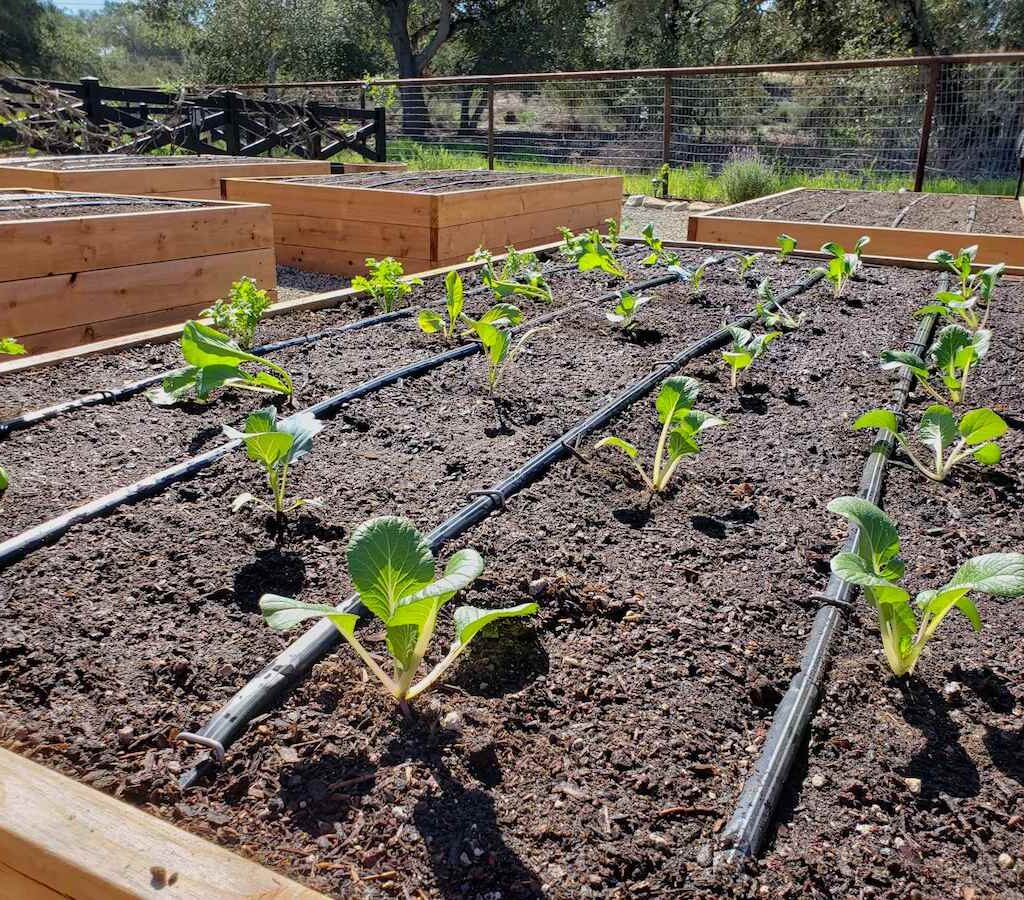
A classic raised brick flower bed offers elegance and structure to your garden while concealing underground drip irrigation. Beneath the surface, flexible tubing delivers water directly to plant roots, reducing waste and encouraging deep growth. A plumber can install a valve box at one end for easy control. This system keeps the brickwork dry, avoids overwatering, and ensures that each plant gets just the right amount of moisture—perfect for tidy borders or front-yard showcases.
2. Curved Garden Bed with Subsurface Soaker Hoses
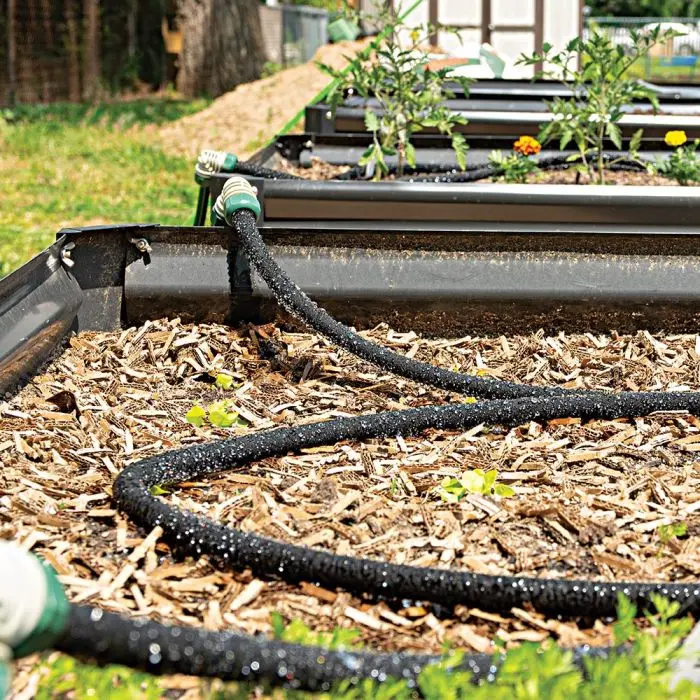
A curved or serpentine flower bed adds soft, natural movement to your landscape, and it pairs wonderfully with subsurface soaker hoses. These low-pressure hoses are buried beneath mulch or soil and connected to a main water line, often hidden along the edge of the bed. This design is ideal for mass plantings like lavender, daisies, or ornamental grasses. Plumbers can help with proper placement and pressure regulation to ensure even watering across the entire curve.
3. Tiered Flower Bed with Zoned Irrigation
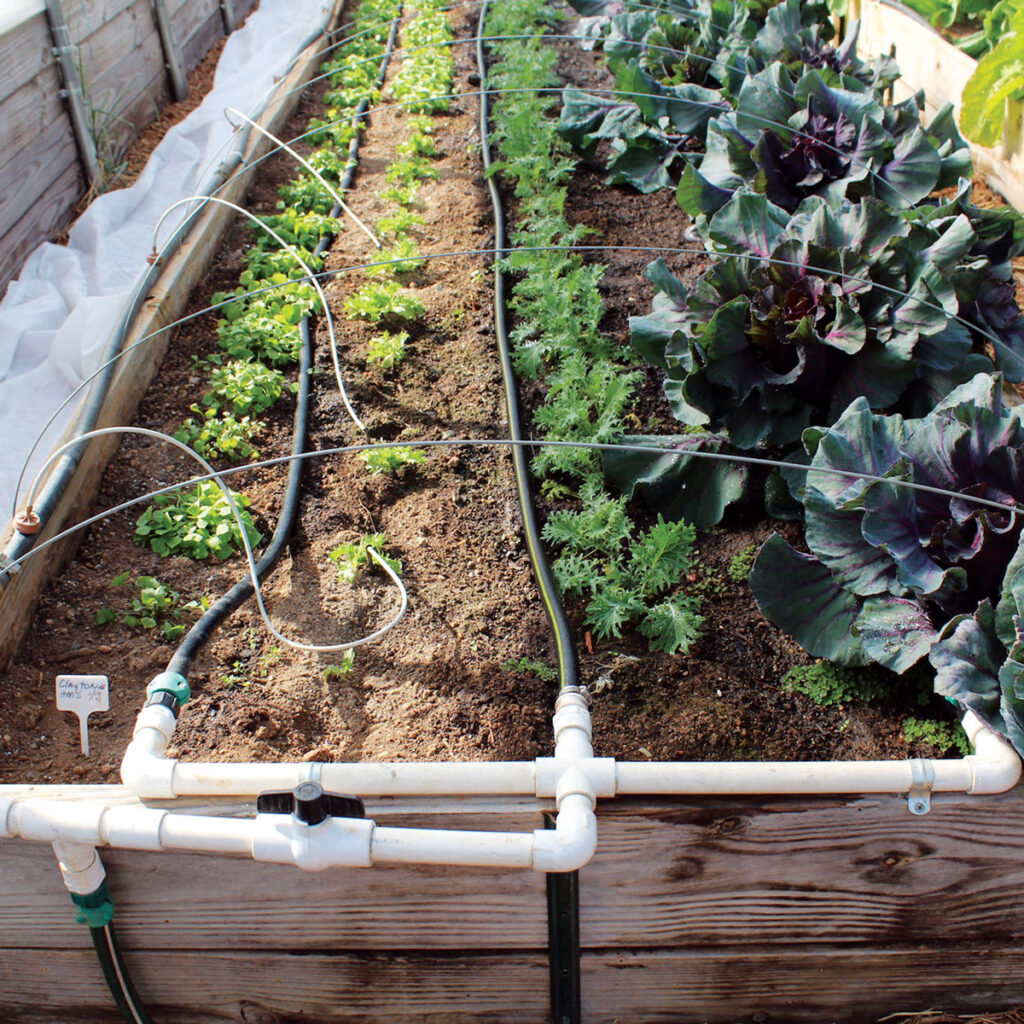
Tiered or stepped flower beds allow for planting on multiple levels—ideal for sloped yards or vertical interest. To maintain consistent watering, use a zoned irrigation system with underground piping feeding each tier separately. A professional plumber can install pressure regulators and timers that cater to the different water needs of each level. This design ensures lush growth from top to bottom and makes stunning use of vertical space in a structured, modern way.
4. Island Flower Bed with Central Water Supply Hub

Island flower beds—standalone beds surrounded by lawn or gravel—can be challenging to water efficiently. Solve this by installing a central underground water hub connected to drip lines or micro-sprayers. The piping radiates outward like spokes on a wheel, hidden below the soil. This makes the island bed self-sufficient and visually clean, with no visible hoses or sprinklers disrupting the aesthetics. It’s perfect for showcasing seasonal flowers or mixed perennials.
5. Border Bed with Built-In Drainage System
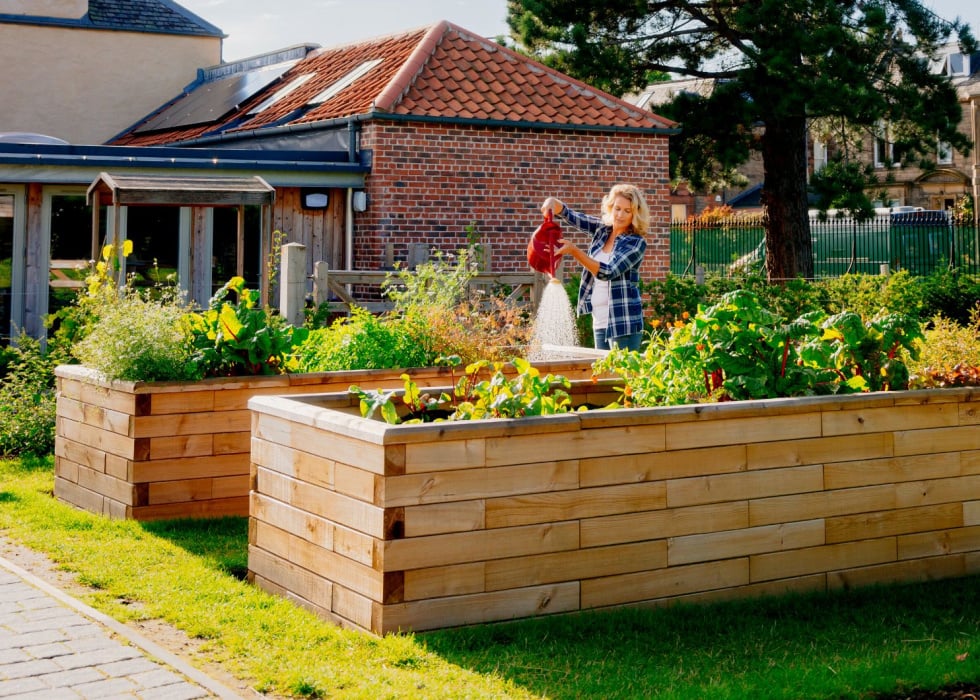
Flower beds along fences or pathways are prone to water accumulation, especially during rainy seasons. A built-in drainage system solves this issue. Plumbers can install perforated drainage pipes (French drains) beneath the bed, connected to a stormwater line or gravel pit. This keeps the roots from becoming waterlogged and protects nearby structures. Combine this system with underground irrigation, and your flower bed becomes both beautiful and climate-resilient.
6. Geometric Bed Design with Grid-Based Irrigation
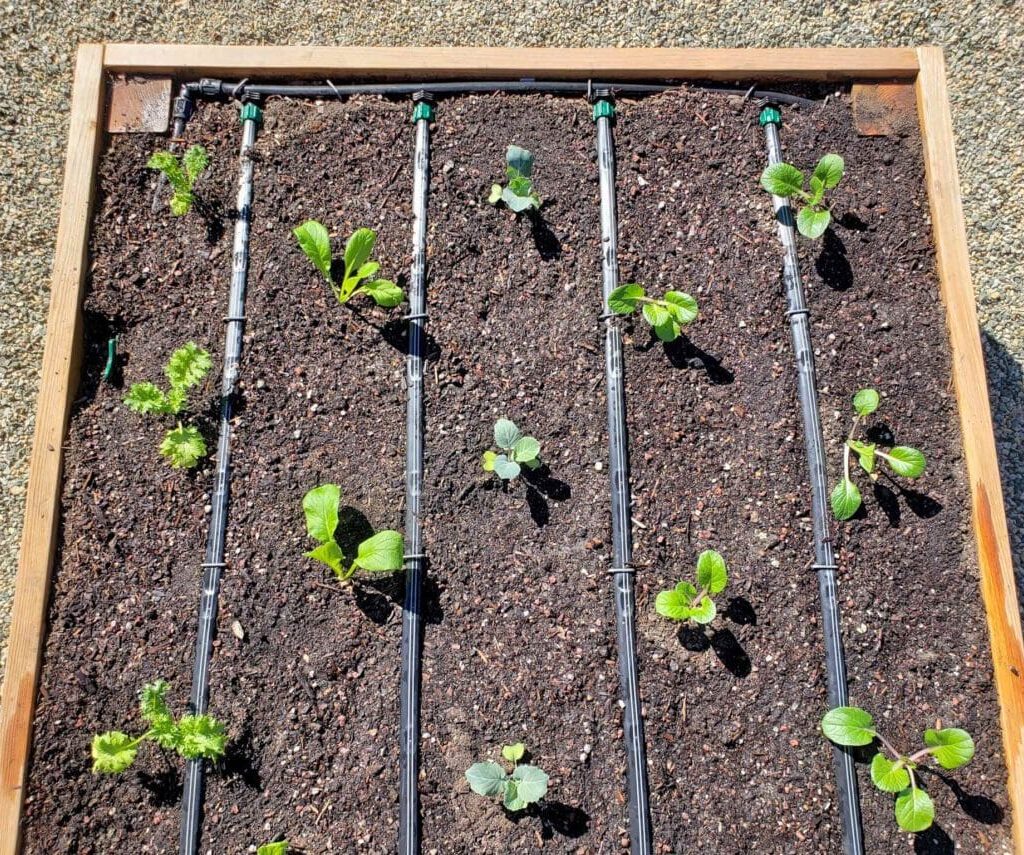
Modern gardens often feature geometric flower beds—squares, rectangles, or hexagons—laid out in clean lines. These designs are ideal for a grid-based underground irrigation layout, where PVC or poly tubing runs in a uniform pattern beneath the soil. Each grid section can be individually controlled to water different plant types precisely. The symmetry of the design makes it easy to conceal plumbing while achieving balanced, efficient coverage for every flower or shrub.
7. Wildflower Bed with Rainwater Collection Feed
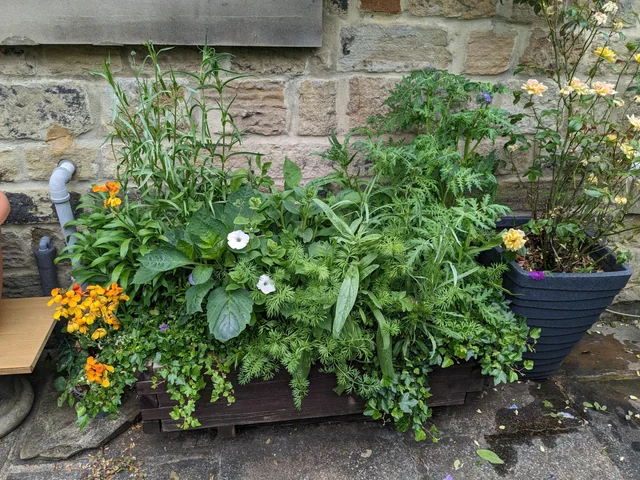
If you’re cultivating a wildflower patch, consider a plumbing system that integrates rainwater harvesting. Run underground lines from a nearby rain barrel or storage tank to a low-pressure drip system beneath the bed. This allows natural, sustainable watering without relying on mains supply. Plumbers can install overflow controls and filters to protect the system from debris. The hidden plumbing helps keep the wild, organic look of the bed while making it environmentally responsible.
Final Thoughts
Combining clever flower bed designs with underground plumbing ensures your garden is not only stunning but also efficient, low-maintenance, and eco-conscious. These smart systems keep your beds hydrated and healthy without visible clutter, giving your outdoor space a polished, professional look. Whether you prefer structured borders or freeform blooms, a plumbing-savvy layout will help your garden thrive beautifully beneath the surface.

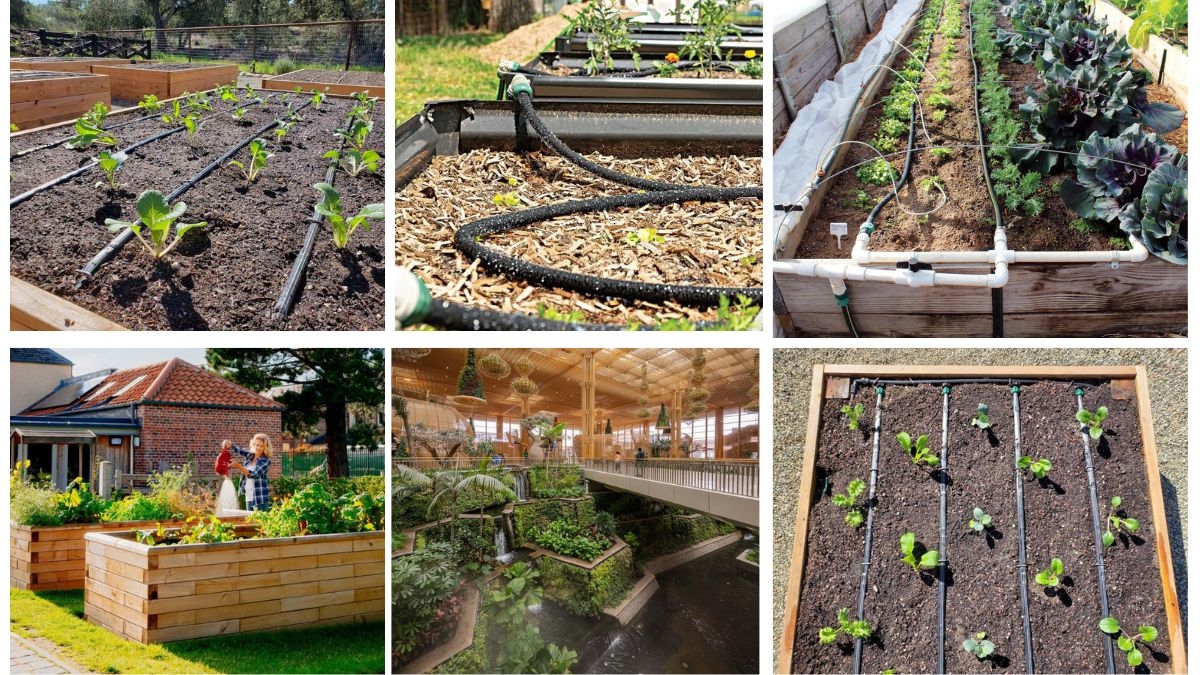

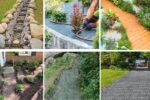
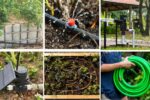
Leave A Comment